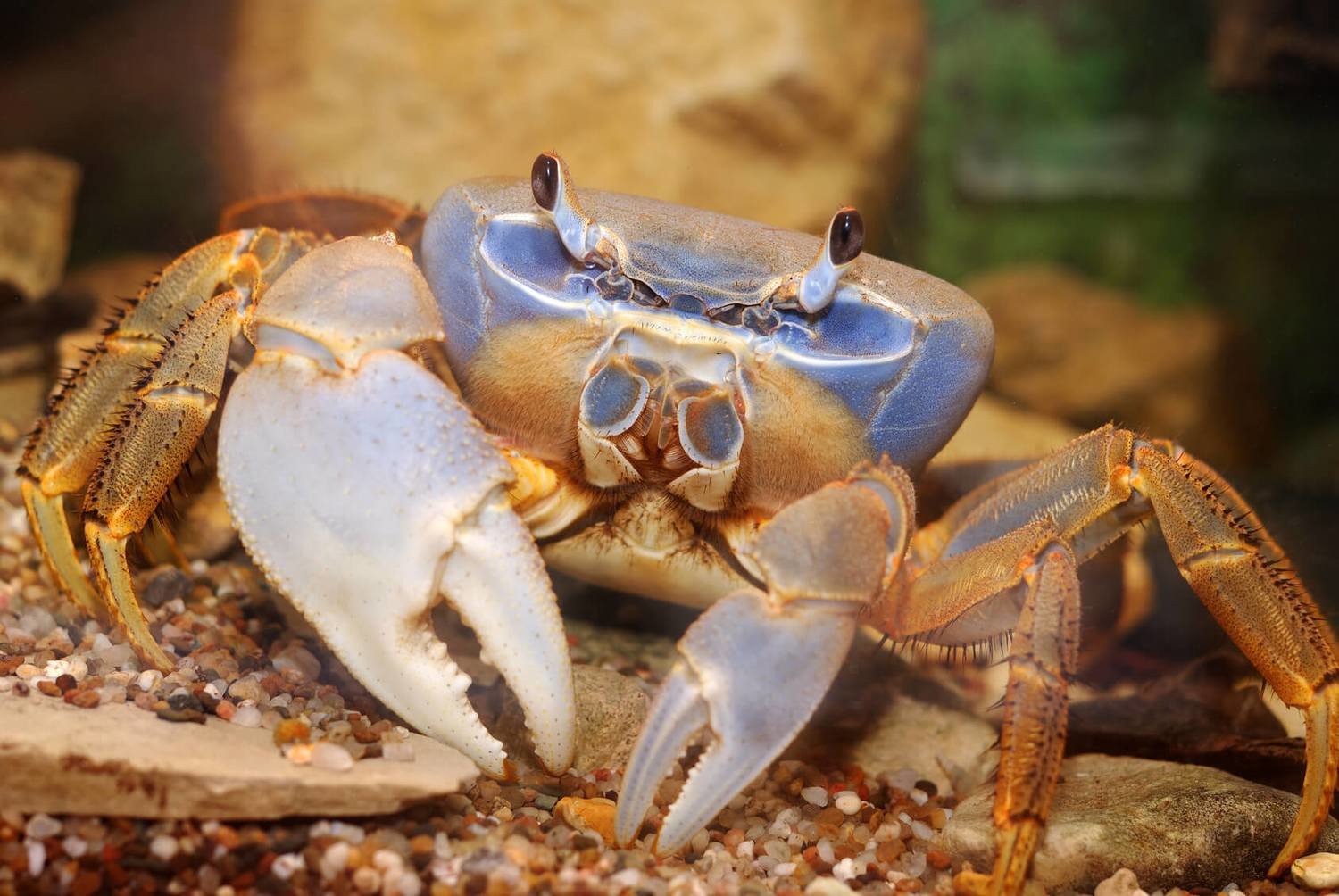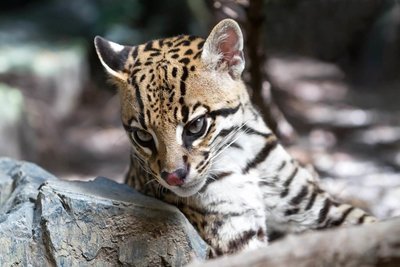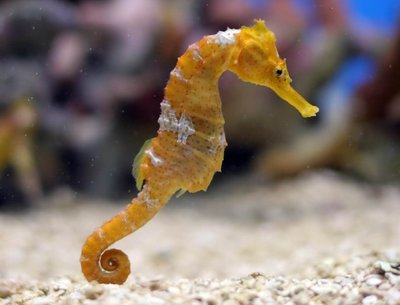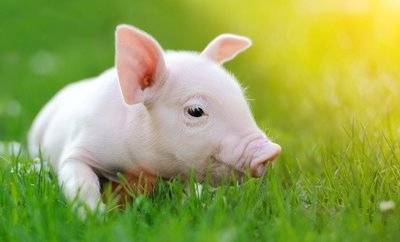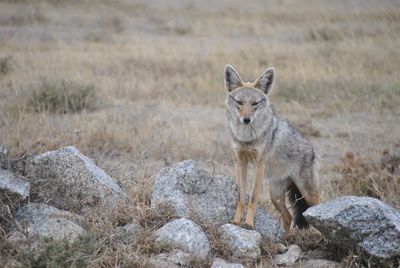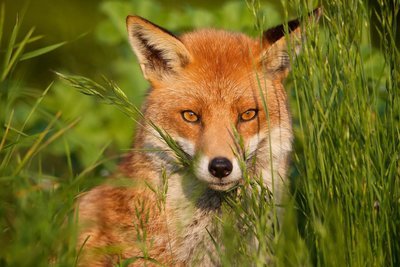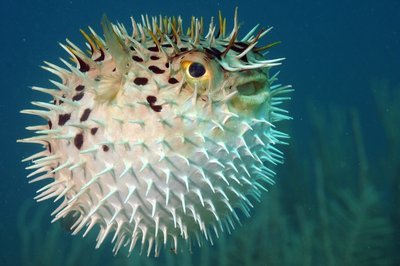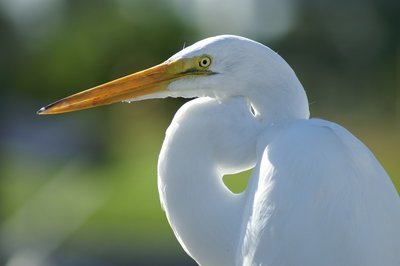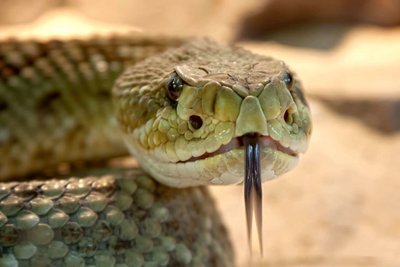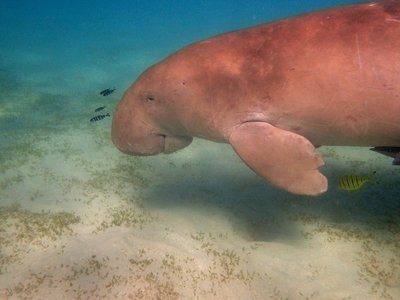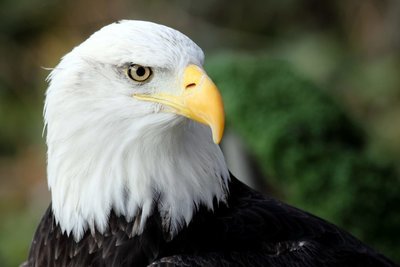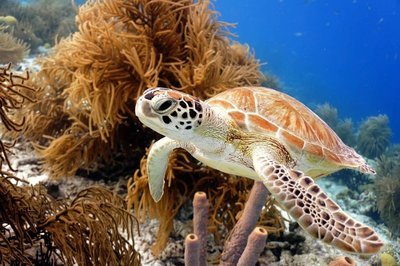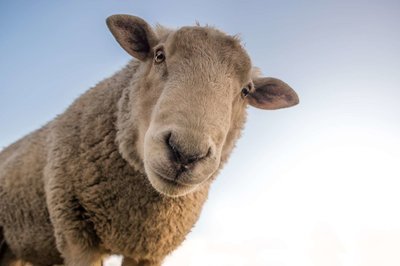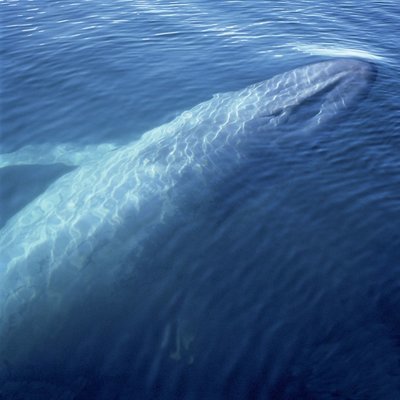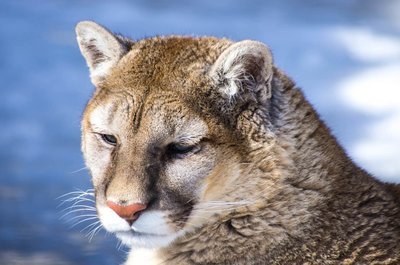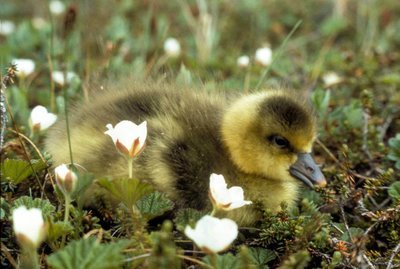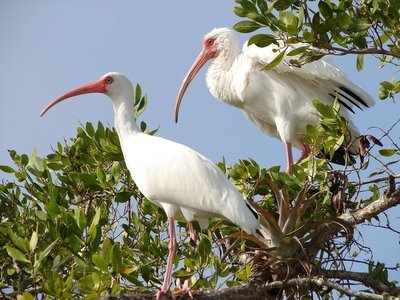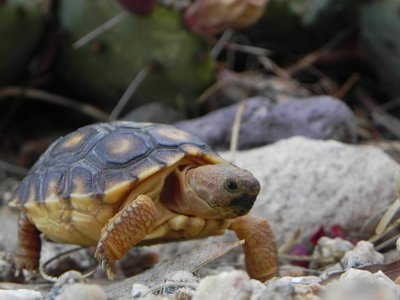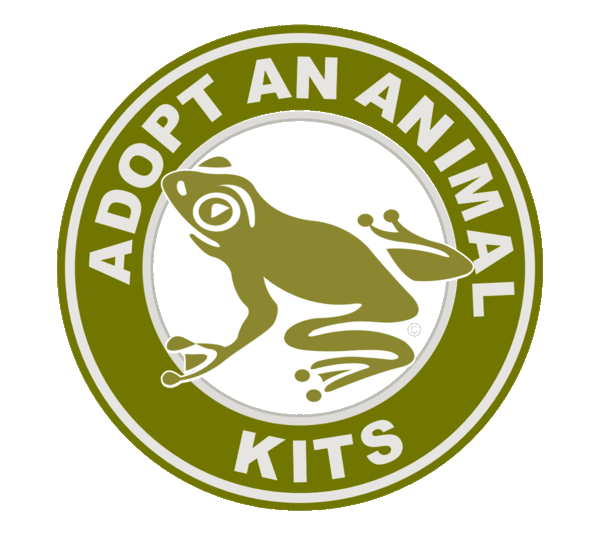

Adopt An Animal Kits
Adopt An Animal symbolically. Your Adopt An Animal Kit comes in a Deluxe Folder and includes: Glossy Photo of Your Adopted Animal; Adopt An Animal Adoption Certificate; Fact Sheet About Your Adopted Animal; Help Animals Info Cards Packed With Information On Animal Issues & How You Can Help Animals And The Environment. Adopt An Animal for Yourself or as a Gift.
Adopt A Crab
Adopt A Crab
Your Adopt A Crab Kit comes in a Deluxe Folder and includes:
- Glossy Photo Of Your Adopted Crab
- Adopt A Crab Adoption Certificate
- Fact Sheet About Your Adopted Crab
- Help Animals Info Cards Packed With Information On Animal Issues & How You Can Help Animals And The Environment
Adopt A Crab Kits make great gifts and can be sent directly to the recipient. Simply supply the recipient's name and mailing address as shipping information. We'll even include a letter stating the Adopt An Animal Kit is from you.
Adopt An Animal symbolic adoption is a one time. Adopt an animal for yourself or order an Adopt An Animal Kit as a gift. Help make a difference for animals - Adopt An Animal Today!
Adopt A Crab
Crabs are decapod crustaceans of the infraorder Brachyura, which typically have a very short projecting "tail" (abdomen), usually entirely hidden under the thorax. They live in all the world's oceans, in fresh water, and on land. They are generally covered with a thick exoskeleton and have a single pair of claws. Many other animals with similar names – such as hermit crabs, king crabs, porcelain crabs, horseshoe crabs and crab lice – are not true crabs.
Crabs vary in size from the pea crab, a few millimeters wide, to the Japanese spider crab, with a leg span of up to 13 feet. Males often have larger claws. In most male crabs, the abdomen is narrow and triangular in form, while females have a broader, rounded abdomen. This is due to the fact that female crabs brood fertilized eggs on their legs.
Crabs attract a mate through chemical (pheromones), visual, acoustic or vibratory means. Pheromones are used by most fully aquatic crabs, while terrestrial and semi-terrestrial crabs often use visual signals, such as fiddler crab males waving their large claw to attract females. Many crabs have internal fertilization and mate belly-to-belly. For aquatic species, mating usually takes place just after the female has moulted and is still soft. Females can store the sperm for a long time before using it to fertilize their eggs. When fertilization has taken place, the eggs are released onto the female's abdomen, below the tail flap, secured with a sticky material. In this location they are protected during embryonic development. Females carrying eggs are called "berried" since the eggs resemble round berries.
When development is complete, the female releases the newly hatched larvae into the water, where they are part of the plankton. The release is often timed with the tides. The free-swimming tiny zoea larvae can float and take advantage of water currents.
Each species has a particular number of stages, separated by moults, before they change into a megalopa stage, which resembles an adult crab, except for having the abdomen (tail) sticking out behind. After one more moult, the crab is a juvenile, living on the bottom rather than floating in the water. This last moult must take place in a habitat that is suitable for the juvenile to survive.
Most species of terrestrial crabs must migrate down to the ocean to release their larvae; in some cases this entails very extensive migrations. After living for a short time as larvae in the ocean, the juveniles must do this migration in reverse.
Once crabs have become juveniles they still have to keep moulting many more times to become adults. They are covered with a hard shell, which would otherwise prevent growth. The moult cycle is coordinated by hormones. When preparing for moult, the old shell is softened and partly eroded away, while the beginnings of a new shell form under it. At the time of moulting, the crab takes in a lot of water to expand and crack open the old shell. The crab must then extract itself from the old shell. This is a difficult process that takes many hours, and if a crab gets stuck it will die. After freeing itself from the old shell the crab is extremely soft and hides until its new shell has hardened. While the new shell is still soft, the crab can expand it to make room for future growth.
Crabs typically walk sideways. However, some crabs walk forwards or backwards. Some crabs are also capable of swimming.
Crabs are active, complex animals. They can communicate by drumming or waving their pincers. Crabs tend to be aggressive towards one another and males often fight to gain access to females. On rocky seashores, where nearly all caves and crevices are occupied, crabs may also fight over hiding holes. Fiddler crabs dig burrows in sand or mud, which they use for resting, hiding, mating and to defend against intruders.
Crabs are omnivores, feeding primarily on algae, and taking any other food, including molluscs, worms, other crustaceans, fungi, bacteria and detritus, depending on their availability and the crab species. For many crabs, a mixed diet of plant and animal matter results in the fastest growth and greatest fitness. However, some species are more specialized in their diets. Some eat plankton, some eat primarily shellfish like clams, and some even catch fish.
Crabs are known to work together to provide food and protection for their family, and during mating season to find a comfortable spot for the female to release her eggs. They will help other crabs fight off intruders. Neighboring crabs never fight with each other.
Many mother crabs provide loving care for their babies. Mothers continue to feed and tend to their babies for several months after they are born. They work hard to keep their homes clean and comfortable for their young.
Crabs are intelligent animals, capable of learning from their mistakes and retaining that information so they don’t make the same mistakes again. They adapt to changing cues in their environment.
THREATS TO CRABS
Crabs are threatened with declining habitats, pollution, overfishing and the declining abundance of coral reefs. Crabs make up 20% of all marine crustaceans caught, farmed, and consumed worldwide, amounting to 1½ million tons annually. In some species, crab meat is harvested by manually twisting and pulling off one or both claws and returning the live crab to the water in the belief the crab will survive and regenerate the claws thereby making it a sustainable industry. Crabs are often inhumanely boiled alive. Crustaceans are able to feel and remember pain. They fight so hard against a clearly painful death that their claws often break off in their struggle to escape. Some crabs used for food are electrocuted, some are chopped up, and others are microwaved—all while they are still conscious.
Adopt Adopt An Animal Kits
Our Adopt An Animal Kits are educational packets that allow you to symbolically adopt a favorite animal species and contain a variety of information promoting the protection of wildlife, companion animals, farm animals and the environment. By purchasing a symbolic adoption kit you will receive a packet of information regarding daily choices you can make to help the earth and animals.
Your Adopt An Animal Kit comes in a Deluxe Folder and includes:
Glossy Photo Of Your Adopted AnimalAdopt An Animal Adoption CertificateFact Sheet About Your Adopted AnimalHelp Animals Info Cards Packed With Information On Animal Issues & How You Can Help Animals And The Environment.
Adopt an animal for yourself or order an Adopt An Animal Kit as a gift. Symbolically adopting an animal is the perfect gift for a loved one who loves animals, and helps to promote the compassionate treatment of animals and respect for the environment by offering information on how to help the earth and animals. Adopt An Animal Kits can be sent directly to the recipient: simply supply the recipient's name and mailing address as shipping information. We'll even include a letter stating the Adopt An Animal Kit is from you.
Adopt An Animal Kits is a small, independent business not affiliated with any other business, non profit or charitable organization.
Fast Shipping!
Shipping time for Adopt An Animal Kits averages 2 to 4 business days - USA. Allow additional time for Adopt An Animal Kits orders outside the USA. Your Adopt An Animal Packet will arrive approximately 2 to 4 business days following shipping date. Shipping for Adopt An Animal Kits within the USA is by U.S.P.S. Priority Mail.
INTERNATIONAL ORDERS: Average shipping time for Adopt An Animal Kits outside of the USA is 5 to 14 business days, including Canada. International Shipping & Handling for Adopt An Animal Kits is by U.S.P.S. First Class Mail.
About Us
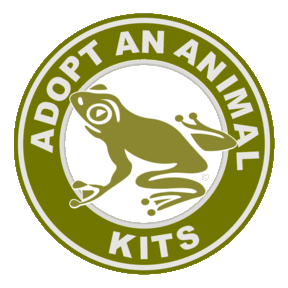
Adopt An Animal Kits, LLC
The world is teaming with an amazing diversity of animals. Some species are beautiful, others bizarre — but they all are important to the ecosystem and deserve our respect, compassion and protection. Unfortunately, many animal species are declining at a rapid rate as a result of irresponsible human activities. Habitat destruction, pollution, hunting, poor agricultural practices and changes in climate are among the threats faced by wildlife and domestic animals.
Adopt An Animal Kits, LLC is a small business who believes in promoting the advancement of compassionate living by educating the public about animal and environmental issues and what individuals can do to prevent cruelty to animals. Through our work, we strive to eliminate the prejudice of animals (speciesism) through educational efforts. Our business produces printed and printable educational materials available to individuals with an interest in earth and animal topics. Our Adopt An Animal Kits seek to educate and influence individuals on environmental and animal issues. The purchase of an Adopt An Animal Kit allows you to symbolically adopt your, or your loved one's, favorite animal species while promoting the protection of wildlife, companion animals, farm animals and the environment. Rather than adopting an indivdual animal, you are symbolicly adopting the species. Each kit contains a collection of information on how you or your loved one can make daily choices to help animals and the environment.
Our website provides an information portal regarding these issues. Information posted on the site is free of charge and available to anyone with an interest. Our printed and printable materials are available to individuals with an interest in earth and animal issues. We produce hundreds of fact sheets, flyers, and digital materials regarding environmental and animal issues. Most materials are available at no cost to anyone with an interest.
Adopt An Animal Kits, LLC is not a charitable or nonprofit organization.
